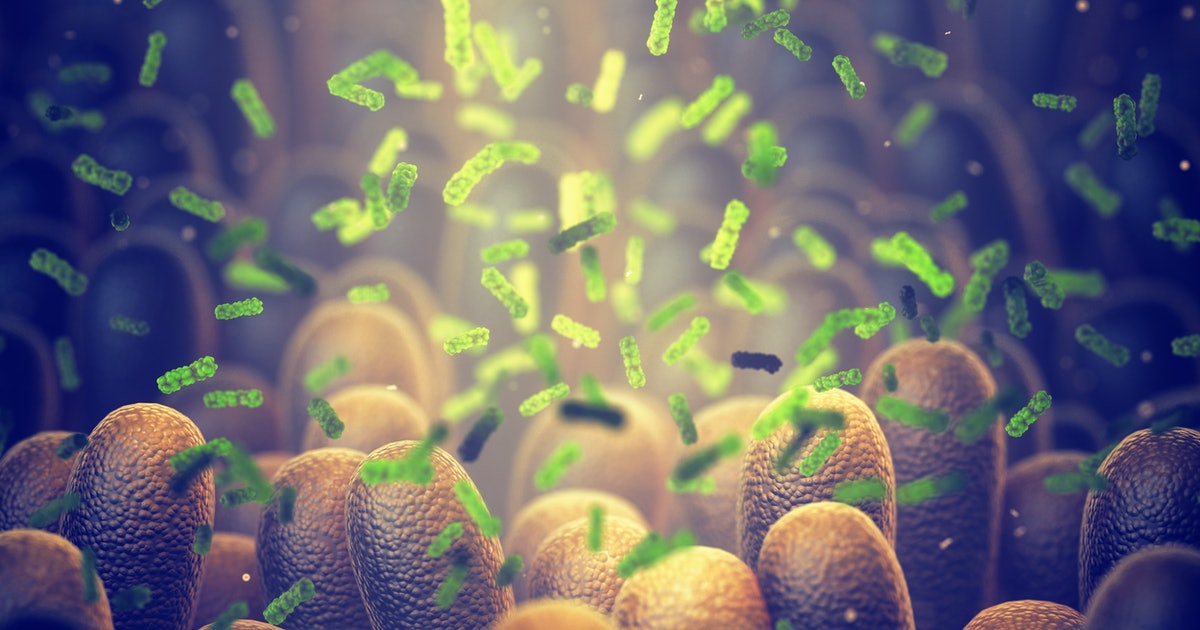Published
3 years agoon
By
Joe Pee
TO MAKE YOUR BRAIN YOUNGER, HOW FAR WOULD YOU GO? What if, instead of your brain getting older and slower as you age, you could undergo a transplant to make that gray matter appear more like the brains of the youths?
What if it required a strange, sort of gross transplant from a young person?

A “MIND-BLOWING” FINDING ABOUT AGE REVERSAL — Elana Spivack interviews researchers who demonstrated in a mouse model that when older mice had the gut microbiota of younger mice, they displayed behavioral qualities of younger mice, too:
To stave off the effects of aging, one might use retinol creams or play Sudoku.
But maybe we should be focusing on something different altogether.
For the past two decades, scientists have known the metropolis home to trillions of bacteria in your belly — the gut microbiome — is also central to mental health, the immune system, and more.
One of the latest studies in gut health scrutinizes how our microbiome affects aging in mice using a surprising transplant.
Sophie Putka offers this end-of-summer explainer on how cycling compares to other forms of cardio:
Imagine a leisurely bike ride through the park on your way home from work. Now picture a run on a treadmill, sweat dripping down your neck as you swig from a water bottle. Surely, one of these two activities must be “better” for your health.
Not so fast. When we compare the exercises we engage in, including cardio, there’s a lot to consider. Cycling has also emerged more definitively as a way to reduce the risk of mortality and avoid heart disease, among other benefits — but is it really as good as other forms of exercise?
Under the same conditions, one form of cardio might burn more calories than another. But humans don’t exercise in labs, and our physical outcomes may vary depending on how long we choose to exercise, how often, and with what intensity. More than that, there are benefits to cycling that can’t be measured as easily.

YOUNG, HOT-HEADED STARS — Passant Rabie reports that flares erupting from young, hot stars may not be as harmful to their orbiting exoplanets:
Young, hot stars are often underestimated. In the search for life in the cosmos, astronomers have previously disregarded red dwarf stars as having inhospitable star systems whereby none of their orbiting exoplanets could possibly host life.
But a new study suggests superflares — or extreme radiation bursts from young, small stars — pose little threat to the orbiting planets, therefore increasing the potential for their habitability.

Bonobos and chimpanzees greet each other before social interactions just like humans do. Jenn Walter reports on a study that sheds light on our shared evolution:
How do you start and end a conversation? With a greeting, of course — be it a handshake, saying hello or goodbye, a hug, nodding, bowing, or waving. Greetings are intrinsically human no matter where you’re from. Scientists previously thought this collective social behavior was also unique to humans.


Ghana and Nigeria play out pulsating draw in CHAN qualifier


Sudan and Cote d’Ivoire take commanding first leg wins in final qualifiers


WAEC Warns of Continued Delays in WASSCE Results as Financial Crisis Deepens


Dozens of children killed in crush at Nigerian Christmas funfair


President-elect Mahama Calls for Urgent Overhaul of Ghana’s Energy Sector Amid Economic Concerns


Ghana Secures $316 Million in FDI for First Three Quarters of 2024


CAF President Dr Motsepe begins two-day tour of CHAN 2025 Host Nations in Tanzania on Thursday


Electoral Commission Calls for Unity Amid Controversies Over Parliamentary Results


Parents Held Accountable as Teen Driver Sentenced in Fatal East Legon Accident

























